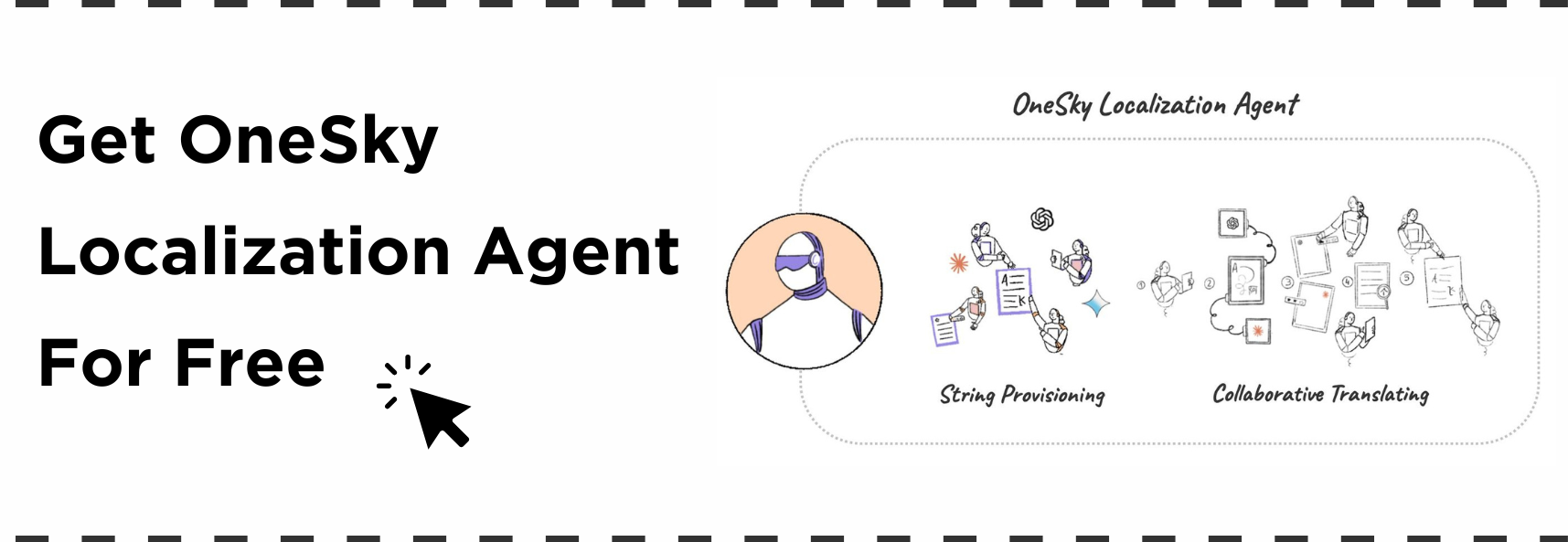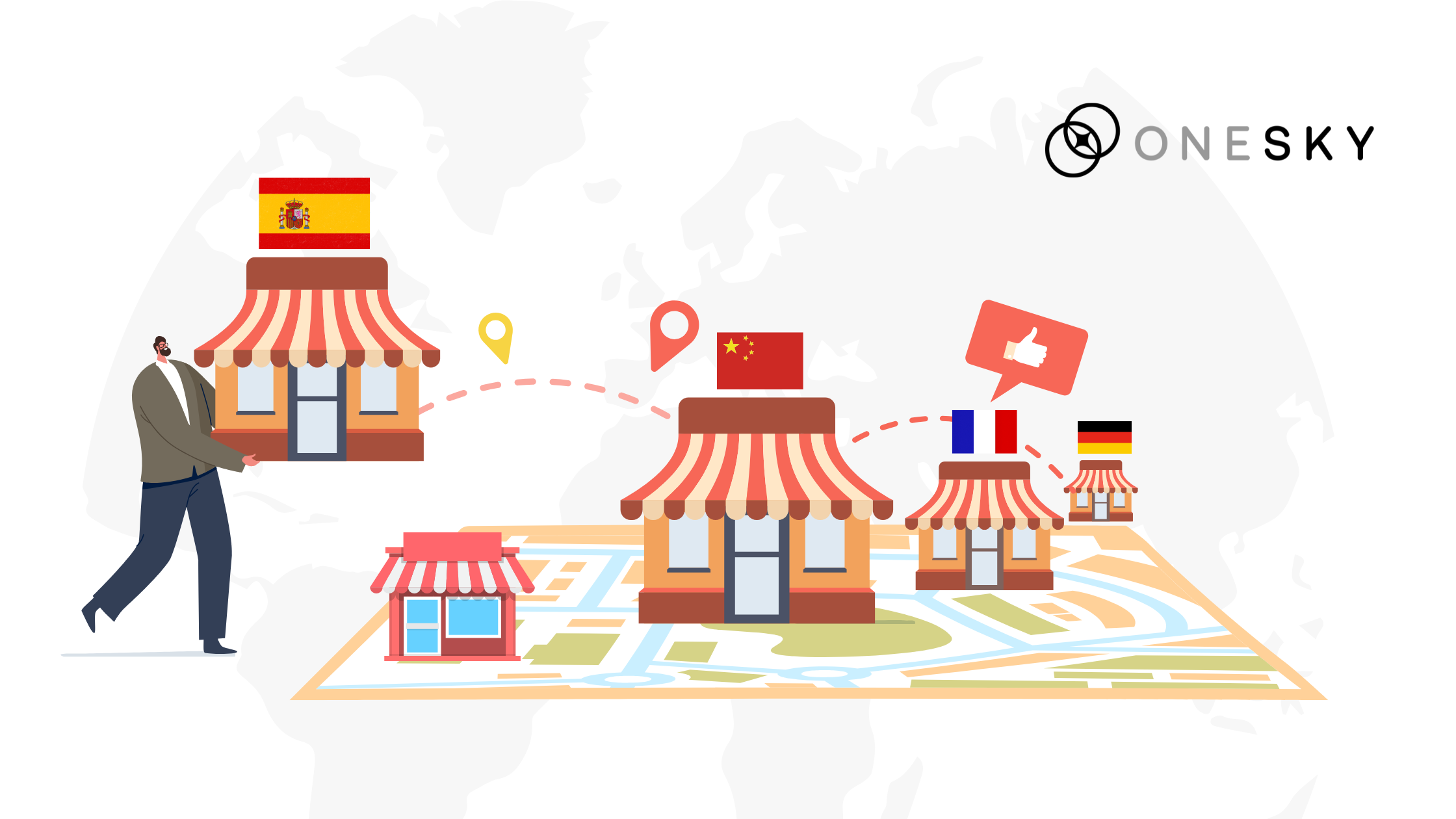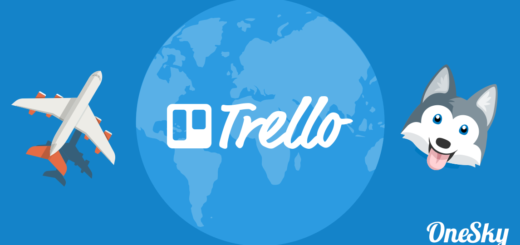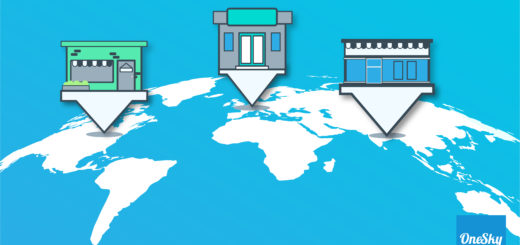Globalization Unlocked: Charting Your Path to Worldwide Success
Globalization opens businesses and people up to worldwide connection. In the digital era, it determines how well you integrate with new markets. Up-and-coming developers and SaaS companies dream of a multinational customer base, but effective globalization is complex.
For example, on a worldwide scale, economic globalization relates to international cooperation and interdependence. It taps into the cultural and practical factors of a transnational relationship, shaping trade barriers and economic growth. This, in turn, impacts a country’s GDP. It influences free trade agreements, income inequality, living standards, supply chains, financial crises, and more.
Now imagine that for every level of public-facing content as a mobile app developer or SaaS platform.
You must integrate every interface that customers interact with to be linguistically, culturally, and contextually relevant. Without doing so, you risk miscommunication, cultural insensitivity, and ultimately, the failure to successfully penetrate and thrive in the global market.
Today, we’ll discuss the importance of globalization, its challenges, and how to leverage localization to expand your global reach.
The Imperative of Globalization
Globalization refers to the dependence and interactions of nations, peoples, or businesses. There are many examples of globalization and how it affects us. For instance, it is central to the development of the world economy. Going back to the Silk Road’s trade routes, the history of globalization saw exports and cross-continental interactions shape nations’ wealth, cultural development, and technological advances.
Thereafter, pre-World War I and post-World War II activities set the stage for a truly global economy in the 20th century, when organizations such as the United Nations, the European Union, the World Trade Organization, and the International Monetary Fund emerged.
Collectively, they view globalization as a driving force for growth—be it for international economics or enterprising businesses.
Modern globalization primes your brand to connect with the rest of the world. Just as major and developing countries carefully weigh economic relationships to grow, your business must consider how to approach the world stage.
Strategic implementation of language is key, though keep in mind that globalization is more than just translation. It requires the accurate and relevant conveyance of ideas.
For mobile app and SaaS developers, this affects every piece of content. Flow (now called Global-E) highlights one example. They found that shoppers want product description pages (67%), product reviews (63%), and the checkout process (63%) to be in their native tongue. Doing so achieves a better customer experience, broadening your clientele and making your business relevant to different countries.
Navigating the Challenges of Globalization
Globalization presents cultural, legal, and technical challenges for businesses entering new financial markets.
For example, different countries have different cultural sensitivities to consider. What appeals to Americans may not appeal to someone in London, for instance. Translation helps communication but doesn’t always reflect nuance. Emerging businesses must stay knowledgeable and use language localization to effectively engage with a country’s customs, popular culture, history, and relevant issues, such as post-pandemic recovery or climate change.
You’ll also encounter legal boundaries similar to the tariffs and fiscal policies dictating international trade. Legal complexities encompass everything from data privacy laws to consumer protection regulations. Every level of business must stay up to date on these parameters, including the public-facing content you adapt to fit new audiences.
Finally, technical hurdles are numerous and complex. The user experience is imperative, so every interaction must be seamless. Globalization considers the following.
- Structure and formatting: Languages differ in word and character length as well as sentence structure. For example, Chinese characters vary wildly from Finnish or German, affecting the UI of websites and apps.
- Character encoding: Customers should have their desired language appropriately represented. There must be support for multiple character sets and scripts.
- Date and time: Different parts of the world keep to different time zones. Consequently, date and time formatting should automatically reflect local conventions.
Internationalization is the process of preparing digital products to adapt to these challenges. In conjunction, localization ensures you resonate with local markets.
Leveraging Localization for Effective Globalization
Leveraging localization for globalization means tailoring your offerings to fit multiple markets. As previously mentioned, this calls for nuance and understanding of cultural differences. This is key to a globalization strategy as it ensures your company is adaptable.
Through localization, you tap into the benefits of globalization. You’ll be able to:
- Support a plethora of languages
- Maintain cultural and contextual relevance
- Embrace the nuances of new markets more easily
- Provide a better customer experience
- Bring in more potential customers
That said, implementing effective digital localization and globalization is often a broad task. Depending on your product or service, you’ll have to adapt your website, software, marketing strategies, and customer support systems to meet the needs and expectations of each target market.
New technologies like OneSky’s comprehensive translation management software (TMS) meet these needs and then some.
Enhancing Global Reach with OneSky
OneSky empowers developers and SaaS companies to embrace globalization confidently. To do so, we combine AI efficiency with human precision for unmatched localization quality.
Our roster of 1,000+ translators fluent in 50+ languages are experts in their field. They go beyond translation to ensure humor, formatting, legal jargon, sensitive topics, and more to ensure the AI-powered translation is accurately and fairly represented. Meanwhile, our translation management system (TMS) enables integrations and automated workflows to eliminate redundancies and shorten turnaround times so you can scale efficiently.
We also understand the breadth of globalization. Optimizing for countries in the East like China and Japan won’t be the same for Western customers in North America or Europe. Expanding into markets in the global south also requires cultural nuance.
Furthermore, English is the most spoken language but represents less than 20% of the world population according to Ethnologue. Those who aren’t multilingual need adept communication technology to navigate these spaces, which is a hassle and burden to users.
So to complete their global integration strategy, companies instead outsource to platforms like OneSky. We provide end-to-end support so SaaS, mobile app, and game developers can adapt to the global stage.
Building a Global Brand
Let’s dive more into what it takes to be global and how OneSky can help. The foremost goal is to maintain brand integrity across diverse markets. Below are three strategies to consider.
- Conduct market research: Whether you’re expanding into Canada, Mexico, or India, you’ll need to perform thorough market research to address cultural differences and how to align your brand with local consumer preferences and values.
Through streamlined communication, you can field questions to our linguists. This ensures your translated messaging resonates effectively and authentically with each target audience.
- Product or service adaptation: Optimizing your product or service for globalization involves tailoring features, design, and user experiences to meet the expectations of local markets. For example, appealing to a consumer base in Africa will be widely different from one in Asia.
You’ll have to consider your brand’s delivery structure and marketing materials. You’ll also have to conduct reviews and checks to ensure these linguistic adaptations meet every prospective market’s regulations. A comprehensive translation management system like OneSky supports these efforts, maintaining brand integrity and fluidity across all public-facing material.
- Create scalable infrastructure: Scaling as a global brand is a complex process. You’ll need to develop an infrastructure that can grow with you and maintain these adaptations.
Allocating resources to a localization and translation service is essential. Platforms like OneSky craft a consistent global brand voice that matches your industry and the scope of your strategy.
Your Global Journey Begins with OneSky
Globalization sets the stage for a multinational connection. Similar to the national economies and recent years’ global trade policies that tip into cross-continental needs, developers and SaaS platforms going global must know how to connect with their target market.
While market expansion could be time-sensitive and costly, you would need a comprehensive localization approach. We combine AI efficiency with human expertise in the translation process to achieve enhanced translation quality, scalability and cost-saving. With human translators as gatekeepers, you can tackle the nuance and scope of every prospective consumer base. By supporting multiple languages, adjusting to cultural sensitivities, and maintaining contextual relevance allow you to better position and scale.
Additionally, OneSky’s workflow and TMS integrate with many popular platforms so that no part of the pipeline slows down.
Embark on your globalization journey with confidence. Discover how OneSky’s advanced translation management software can transform your global expansion strategy.




 Written by -
Written by - 





 Written by
Written by 


